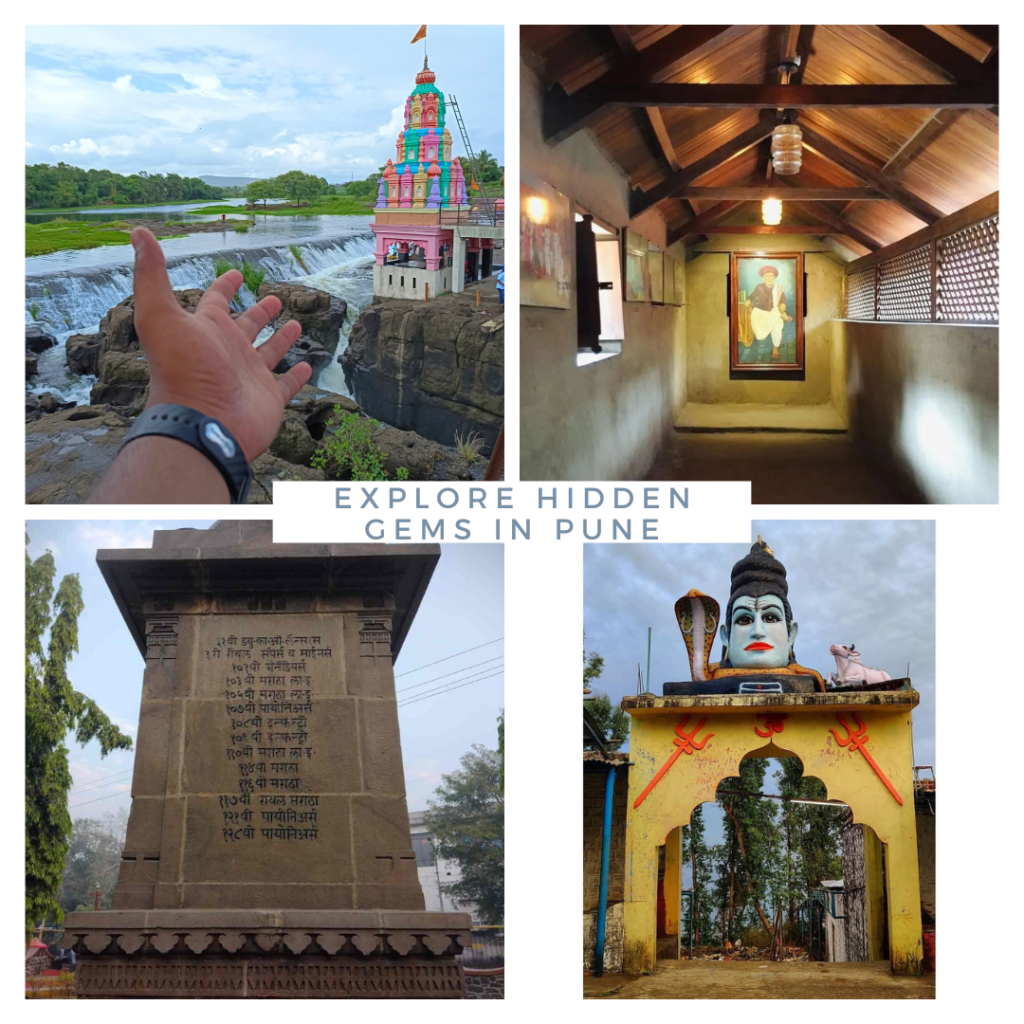Top hidden places in pune to explore
Pune! When you hear the name of this city, you might immediately think of famous landmarks like Shaniwar Wada, Dagadusheth Ganpati, Sinhgad Fort, and Khadakwasla. But is it fair to assume that Pune, the ninth-largest city in Maharashtra, only has these attractions to offer? Pune, situated on the banks of the Mula Mutha River, is well-known for its excellent educational facilities and is also known as the cultural capital of Maharashtra, thanks to its rich history, particularly its connection with Shivaji Maharaj and the Peshwas. Whether you’re passionate about history, enchanted by nature, a food enthusiast, or simply seeking relaxation, Pune has something special waiting for you. Let’s explore top hidden places in Pune.
1. Kundmala ( कुंडमळा )

Kundmala, a hidden jewel near Begdewadi, Talegaon Dabhade, around 40 kilometers from Pune city, is a natural wonder waiting to be discovered. This beautiful site, located along the banks of the Indrayani River, features hundreds of ponds of varying forms and sizes generated by the river’s steady flow for hundreds of years. These kunds form by the hammering effecet of These ponds, known as kunds, are formed over time by the effects of wind, rain, and water movements.
Surrounded by lush greenery, Kundmala offers a refreshing escape from the hustle and bustle of city life. Its location within an army area ensures a peaceful and well-maintained environment with fewer crowds. To approach the Kundrai Mata temple in Kundmala, visitors must cross a tiny iron bridge over the river. Along the route, travelers will be treated to breathtaking views of waterfalls and countless small and large pools known as kunds.
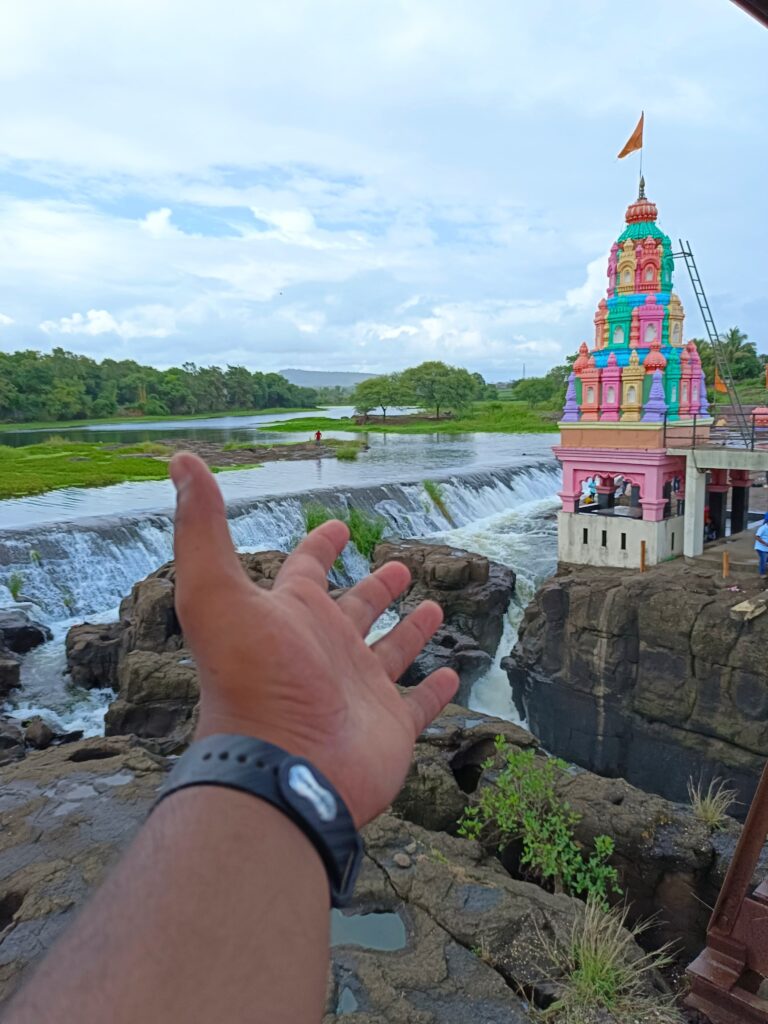
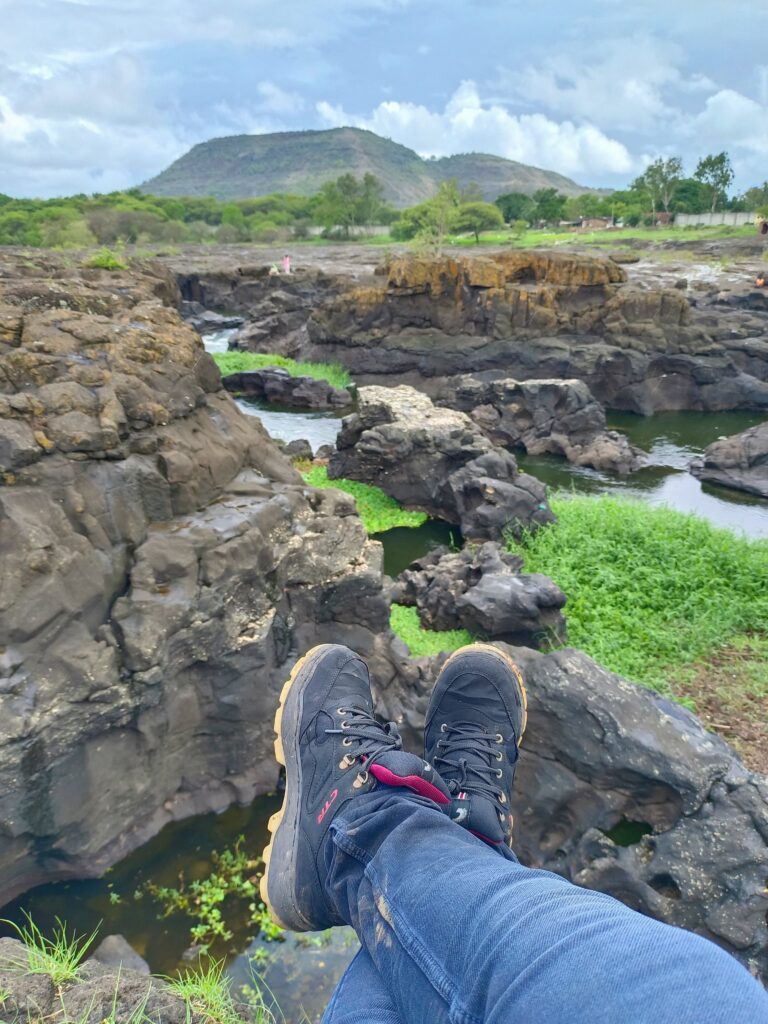

Kundmala is growing in popularity among cyclists seeking peaceful morning and evening rides in nature. This lovely spot allows lovers of nature and tourists to appreciate nature’s beauty. Watching the sunset from Kundmala is a calm and memorable experience, making it a must-see for everyone looking for peace in nature’s lap.
best time to visit Kundmala
The greatest time to see Kundmala’s pools is during the monsoon season, which lasts from June to September. This is when the Indrayani River flows freely, making the waterfalls and pools more vibrant and lovely. However, you can visit the pools at any time of year because they offer visual beauty and attraction year-round.
how to reach Kundmala
To get to Kundmala, follow the old Mumbai-Pune highway just before Ghoradeshwar and turn right at the Begdewadi railway station. It is only around one kilometer away. Alternatively, it is accessible via the Talegaon Dabhade-Chakan road and is about a 4-kilometer journey from Induri Fort in the rural scenery.
2. Nilkantheshwar Temple ( निळकंठेश्वर मंदिर )

The Nilknatheswar temple is located 50 kilometers away from Pune city on a hilltop. With more than 100 sculptures depicting Hindu mythology, it stands out from other temples in Pune. The sculptures tell tales about the Samudra Manthan, Kumbhakaran’s awakening, and the lives of saints such as Tukaram Maharaj and Dnyaneshwar Maharaj. This one-day trip destination is decorated with scenes such as Dashavatara, Ashtavinayak, and Kalia Mardan, making it an excellent choice for families and travelers alike.
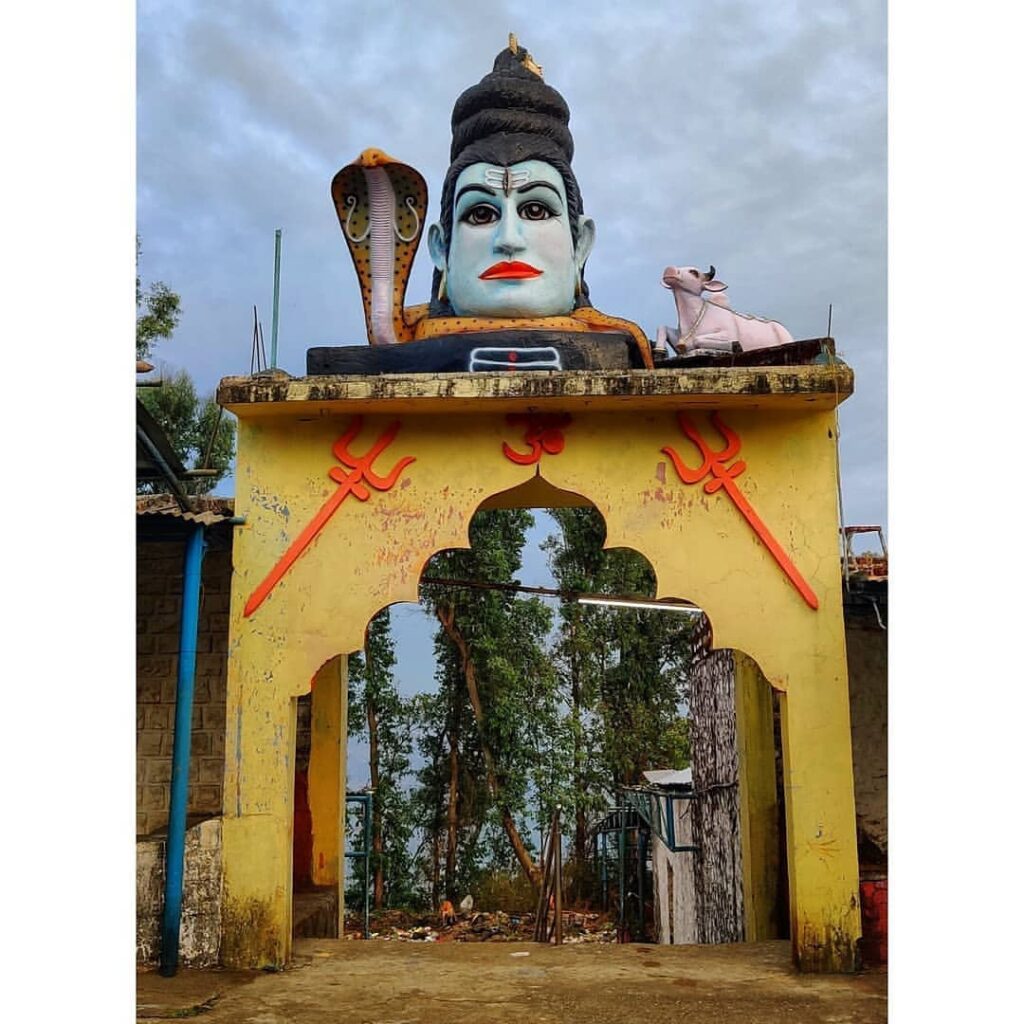
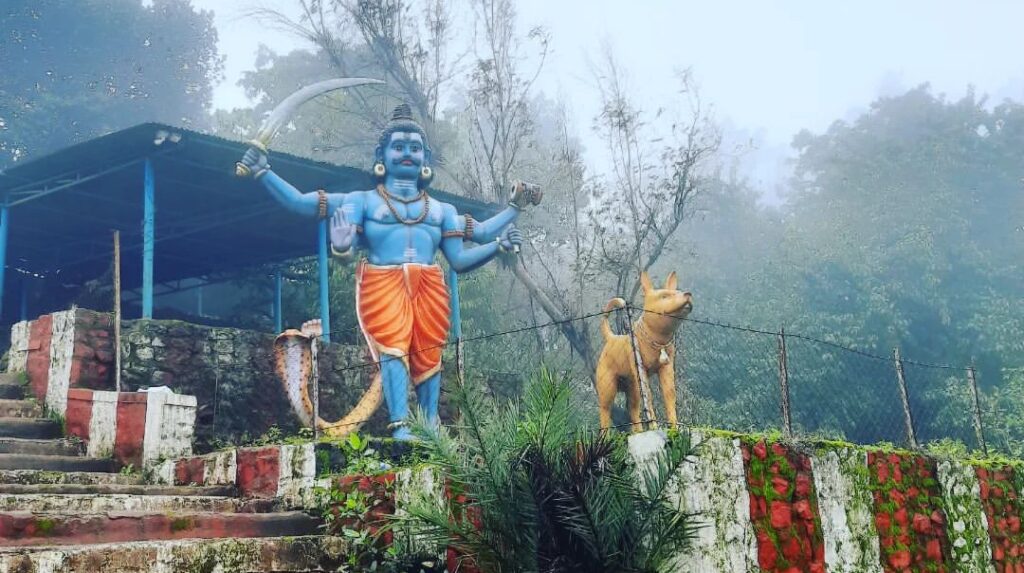
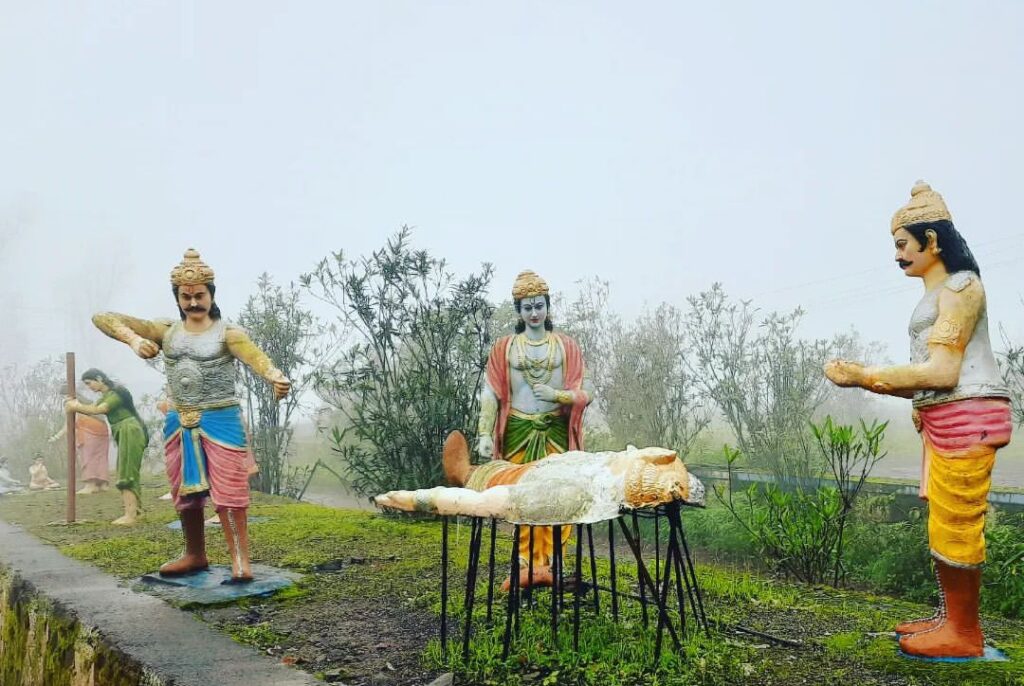
You’ll need to hike for 20-30 minutes from the parking area to reach the temple entrance. A small tracker service is available, usually at 20 rupees per person, especially on weekends, for those seeking convenience. However, the hike is recommended as the trail winds through lush trees, providing a peaceful experience along the way. Its natural beauty and spiritual atmosphere make every step towards Nilknatheswar Temple worthwhile for both its natural beauty and spiritual aura. Visitors can enjoy panoramic views of Khadakwasla Dam, Panshet Dam, and nearby forts such as Sinhagad, Torna, and Rajgad from the hilltop.
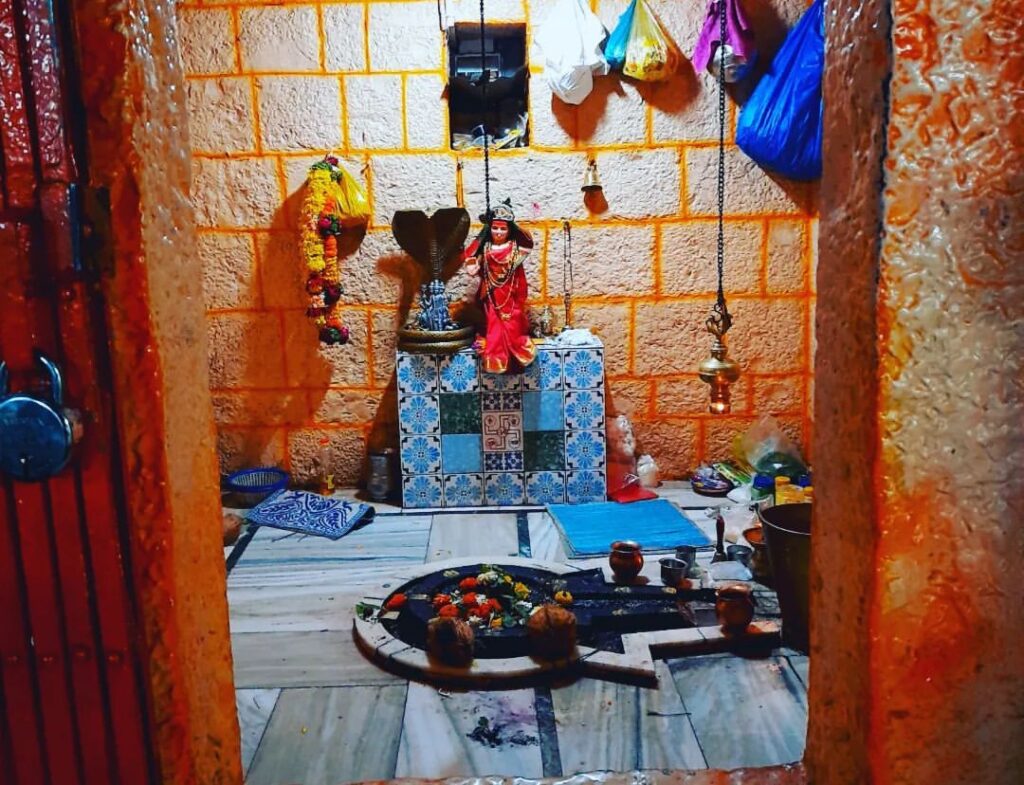
Nilkantheshwar Temple Timings and Entry Fees
Nilkantheshwar Temple in Pune is open every day from 7 AM to 6 PM. It’s best to plan your visit as a day trip, especially during August and September when the valley is at its greenest. Entry is free for all.
How to Reach Nilkantheswar Temple
Here are the straightforward routes to reach Nilkantheswar Temple from Pune:
Route-1 Via Warje – Uttam Nagar – Kudje – Katawadi Route:
Start from Pune and head towards Warje.
Proceed through Uttam Nagar and Kudje until you reach Katawadi.
Take a left turn at Katawadi, then cross the bridge over the river.
At the T Junction, take a left turn towards Jambhali Village.
Look for the welcome arch and take a right to reach Nilkantheswar Parking.
Route-2 Via Sinhagad Road – Khadakvasala Dam – Kudje – Katawadi Route:
Begin your journey from Pune and head towards Sinhagad Road.
Pass through Khadakvasala Dam and take a right just before the dam.
After crossing the bridge, continue towards Kudje and then Katawadi.
At Katawadi, take a left turn and cross the river bridge.
At the T Junction, turn left towards Jambhali Village.
Look for the welcome arch and take a right to reach Nilkantheswar Parking.
3. Maratha War Memorial-pune ( मराठा युद्ध स्मारक )
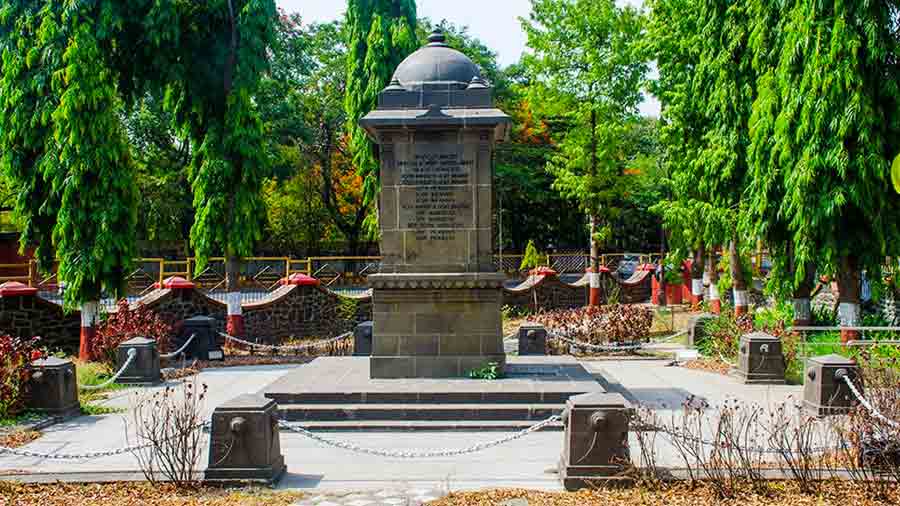
The Maratha War Memorial, located at the corner of Moledina Road and Dr Coyaji Road in Pune Cantonment, is a touching memorial to Maharashtra’s heroic sons who bravely battled and tragically died on the violent battlefields of World War I. Constructed in 1921, this mournful memorial serves as a somber reminder of the bloody battle between nations, during which over 1.8 million Indian soldiers, including around 5,000 from Maharashtra, made the ultimate sacrifice in service to the British Indian Army. The Prince of Wales, Edward VIII, laid the foundation stone, demonstrating the collaborative work of officers, soldiers, rulers, and civilians who came together to build this lasting symbol of memory.
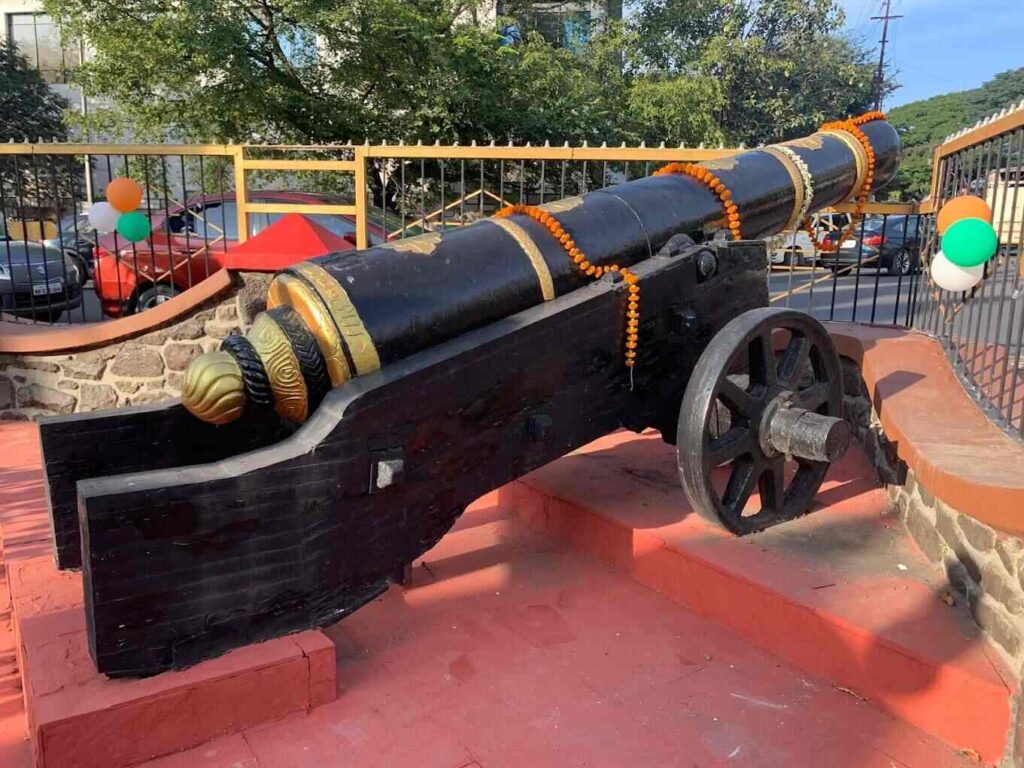

The Maratha War Memorial is surrounded by a triangular park with three cannons, one of which is named Fatehkusha and dates back to the Aurangzeb era. These cannons contribute to the memorial’s value by representing the region’s rich history and the changes it has seen all over time. In addition, the memorial garden contains an interesting big tank in the center, which adds to its attractiveness and serves as an attraction for visitors. Tall trees have been planted around the complex wall, giving a relaxing and peaceful environment for thought and memory. This combination of historical objects, architectural features, and natural aspects adds to the whole attraction and significance of the Maratha War Memorial and its gardens.
The Maratha War Memorial stands towering in the center of Camp, amidst the bustling streets and colorful cafes, as a silent sentinel remembering the unwavering spirit of Maharashtra’s fallen soldiers.
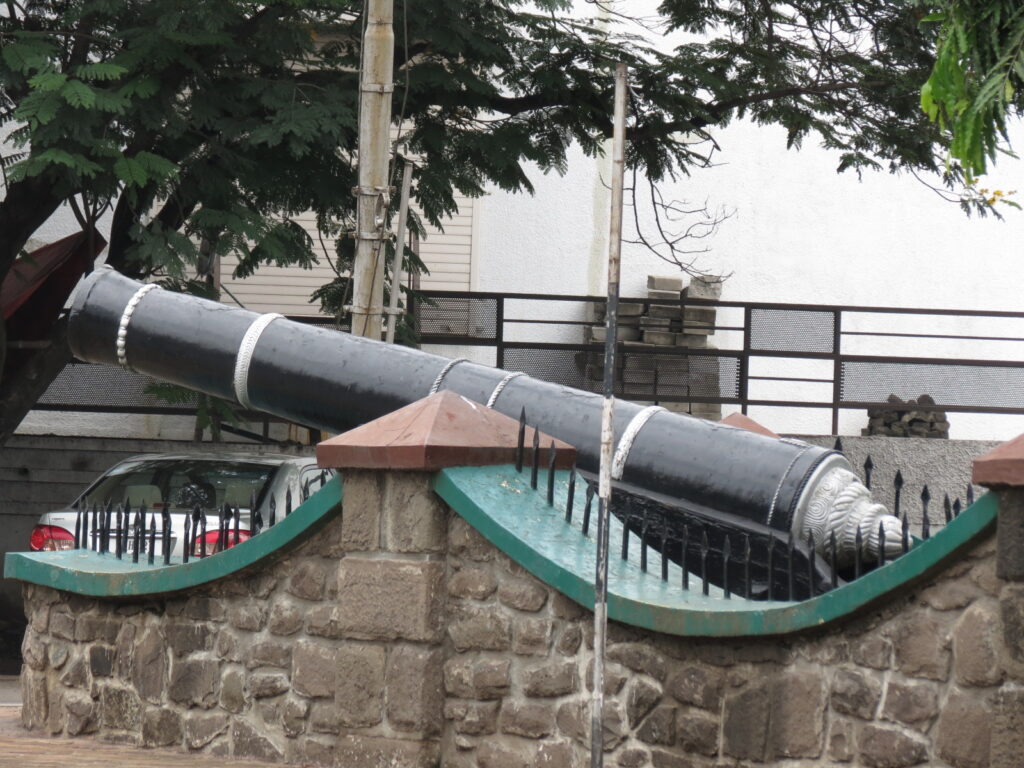
How to Reach Maratha War Memorial
To reach the Maratha War Memorial, head southeast from George Restaurant in Pune Cantonment until you reach the intersection of Moledina Road and Dr Coyaji Road, where the memorial is located within a triangular garden. It’s also near Dr. Babasaheb Ambedkar Statue in Camp.
4. Mahatma Phule wada ( महात्मा फुले वाडा )

If you’re searching for a hidden gem in Pune, let me introduce you to Phule Wada! It’s the former home of the amazing reformer, Mahatma Jyotiba Phule. This place is perfect for anyone keen on learning about his life and his incredible efforts, especially in advancing girls’ education.
Built back in 1852, Phule Wada might seem simple, but it holds so much historical significance. It was declared a state-protected heritage site in 1972 and even has Grade I heritage status by the Pune Municipal Corporation. Stepping inside Phule Wada feels like taking a journey back to the 19th century, offering a fascinating peek into the architecture and lifestyle of that time.
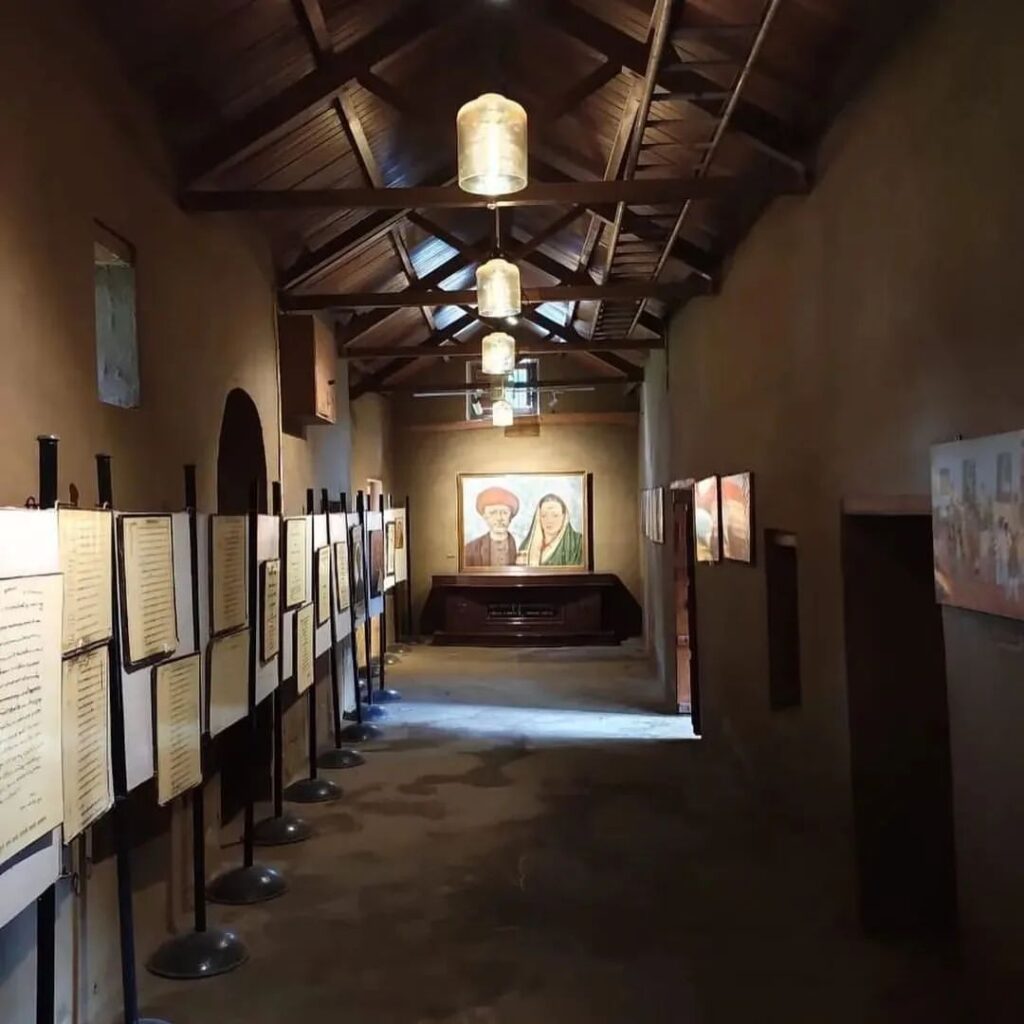
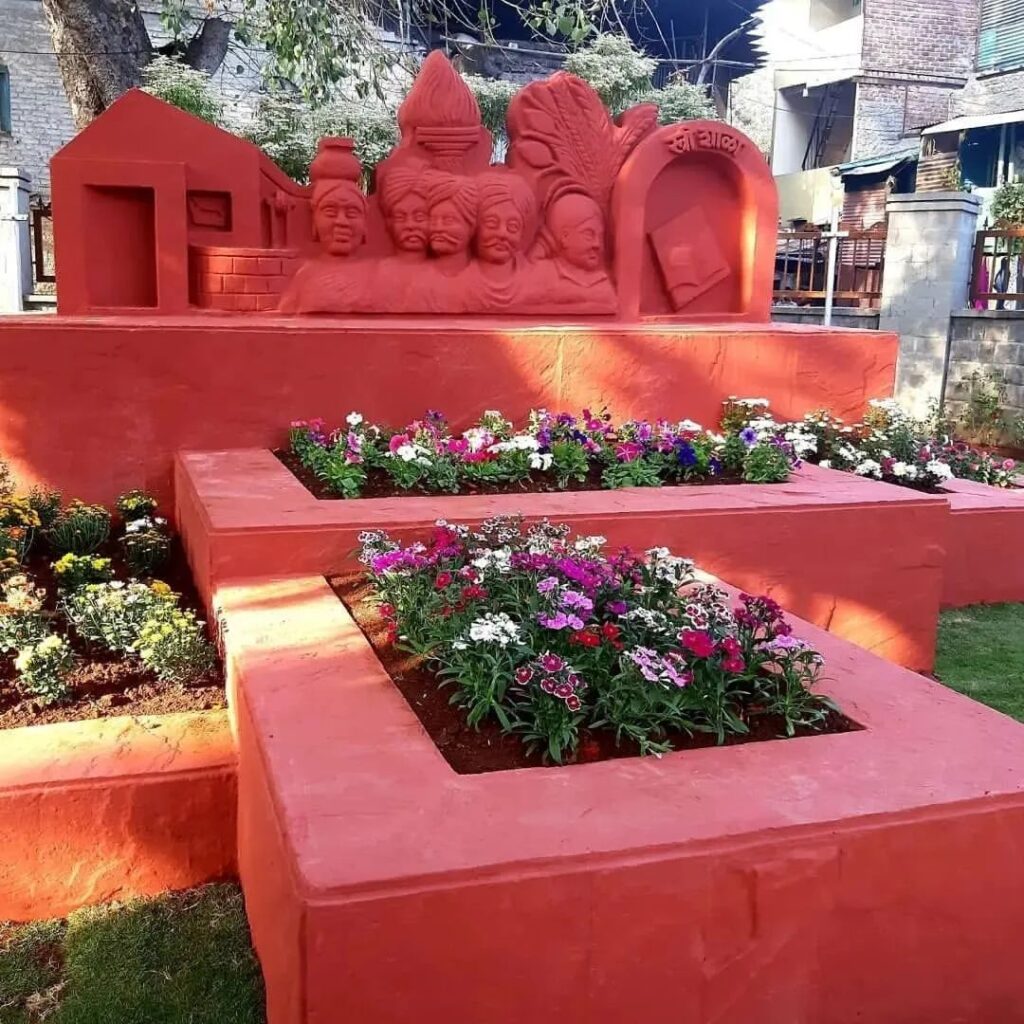
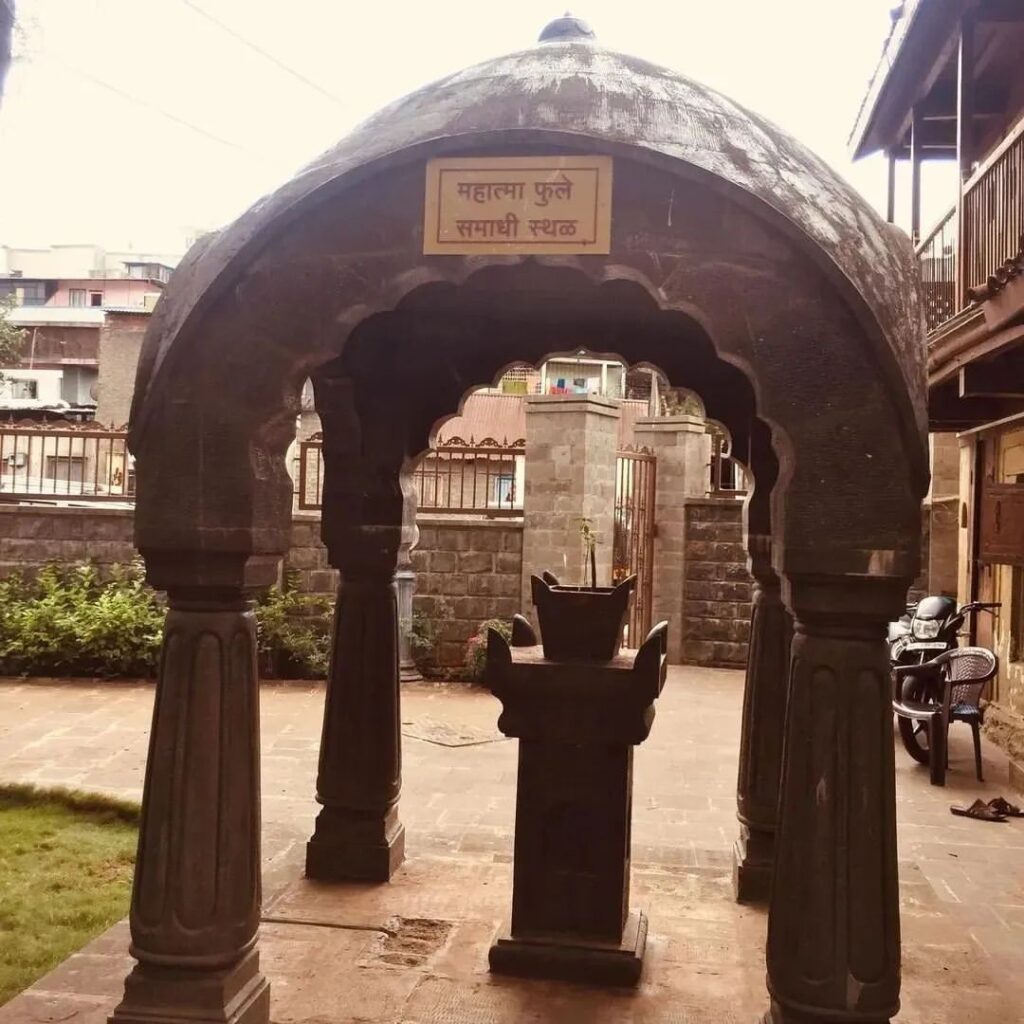
Located just 8km from Pune railway station and 6km from Swargate bus stand, Phule Wada was once the home of Mahatma Jyotirao Phule and his wife, Savitribai Phule. Today, it has been transformed into a museum showcasing their belongings, including handwritten notes, letters, and personal items, offering visitors a deeper understanding of their lives.
One of the highlights of Phule Wada is the statue of Mahatma Phule and Savitribai Phule, where people pay their respects. Additionally, the premises boast a magnificent banyan tree, under which Mahatma Phule addressed meetings of the Satyashodhak Samaj, a social reform movement he founded.
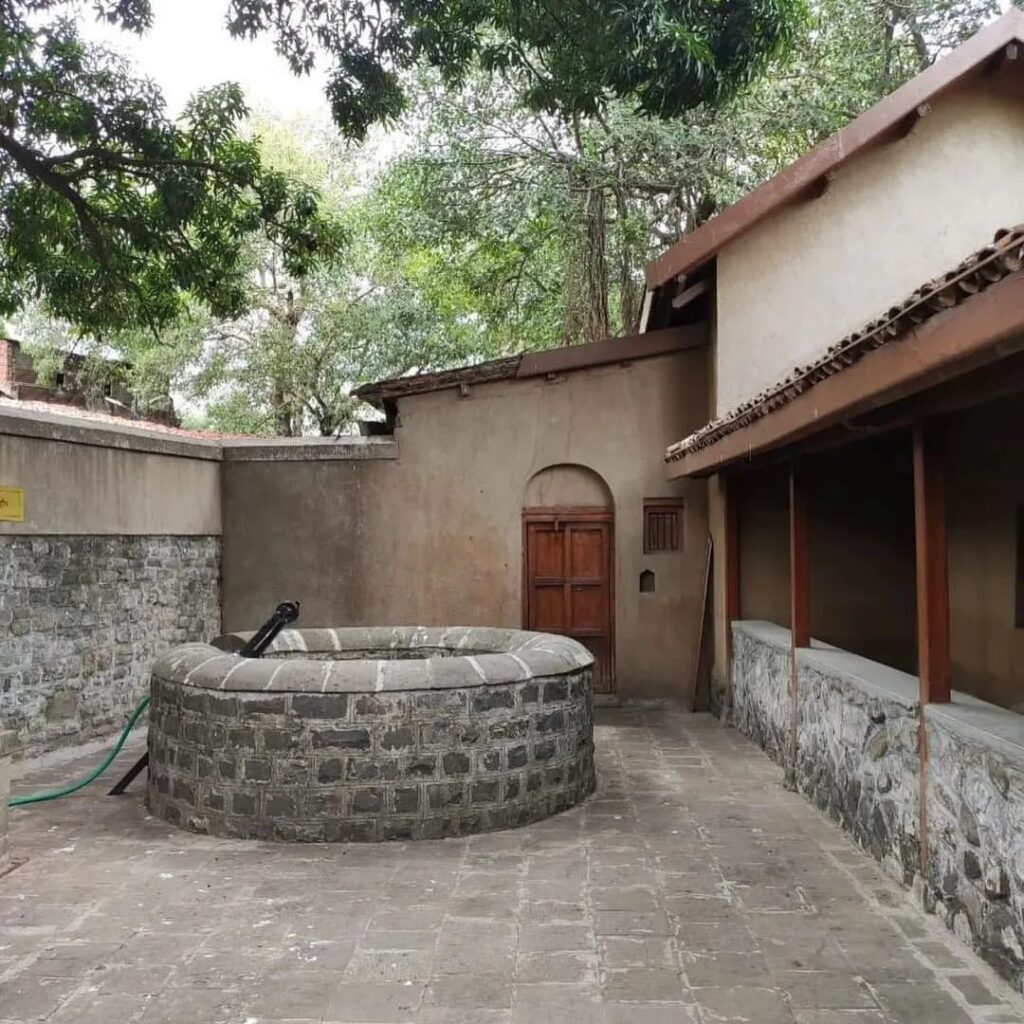
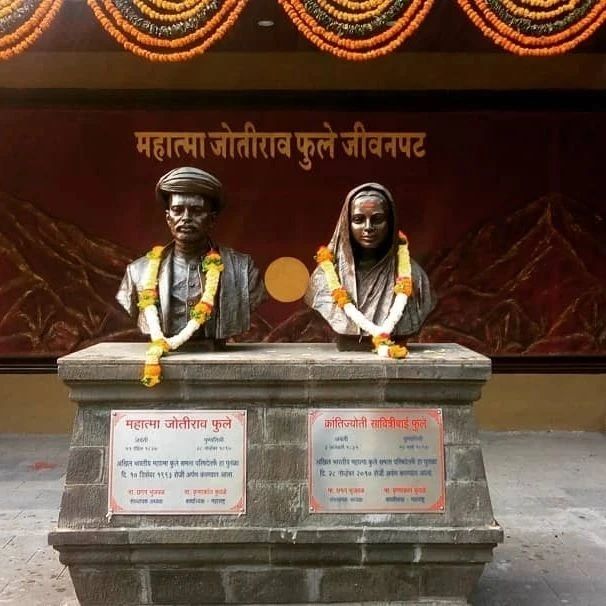
Phule Wada holds immense historical importance in Pune, serving as a reminder of Mahatma Jyotiba Phule’s tireless efforts towards social reform and education. It’s not just a museum; it’s a place where you can connect with the past and gain inspiration for the future.
Timing of Mahatma Phule Wada : 10.30 am to 5.30 pm
Entry Fees : Free
How to Reach mahatma phule wada
Phule Wada is located in the heart of Pune city, in Ganj Peth. It’s just 6 km from Swargate and 8 km from Pune railway station. One can take a taxi or rickshaw to reach Phule Wada, as there are no direct PMC buses available.
5. Raja Dinkar Kelkar Museum ( राजा दिनकर केलकर संग्रहालय )

Pune’s Raja Dinkar Kelkar Museum is a hidden gem waiting to be discovered. Over 20,000 carefully collected objects have been gathered over the past several decades, beginning in the 1920s, by Dr. Dinkar Gangadhar Kelkar in this charming pink mansion located just 2 km from Swargate bus stop. A variety of sculptures dating back to the 14th century, as well as beautiful ornaments made from ivory, silver, and gold, are among its treasures. There are also several exceptional musical instruments in the museum, including some particularly fine pieces, as well as some impressive war weapons and vessels. It’s a great place for exploring history, but not many people know about it.
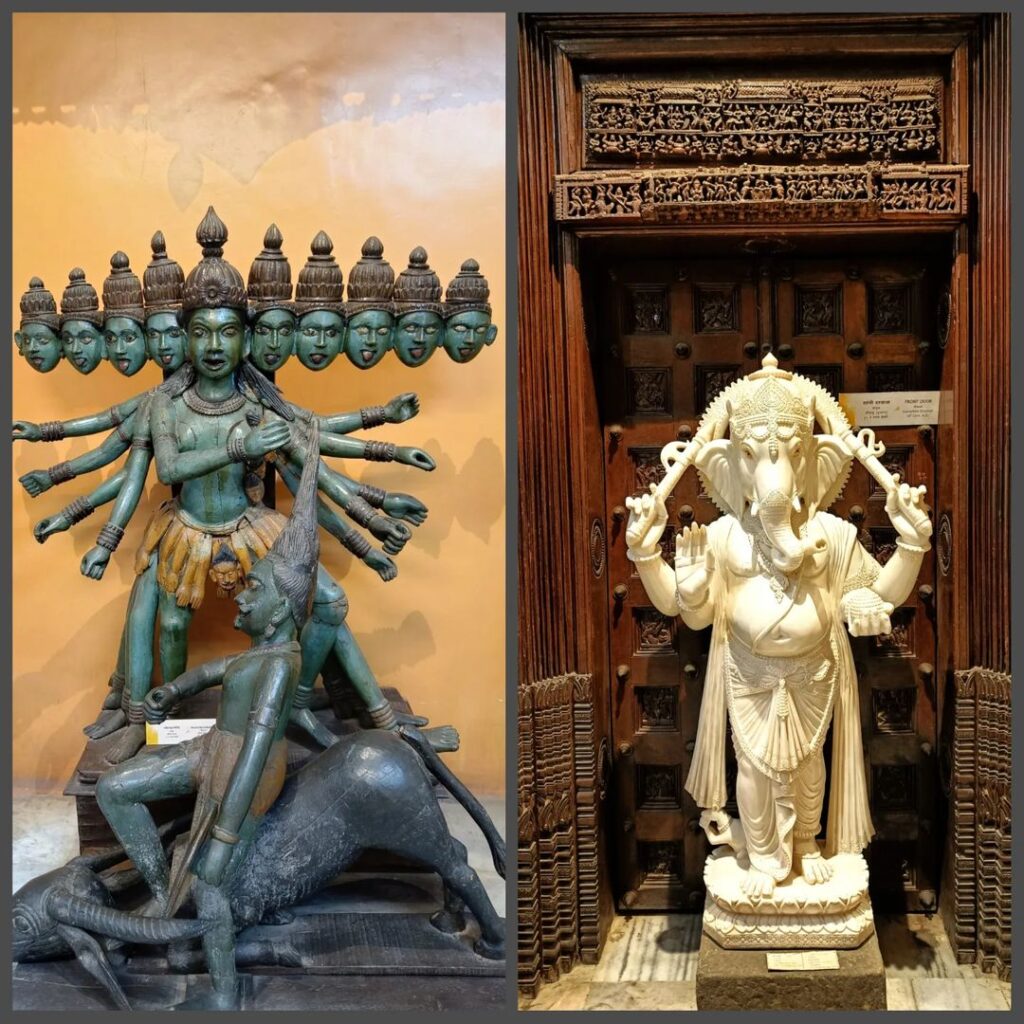
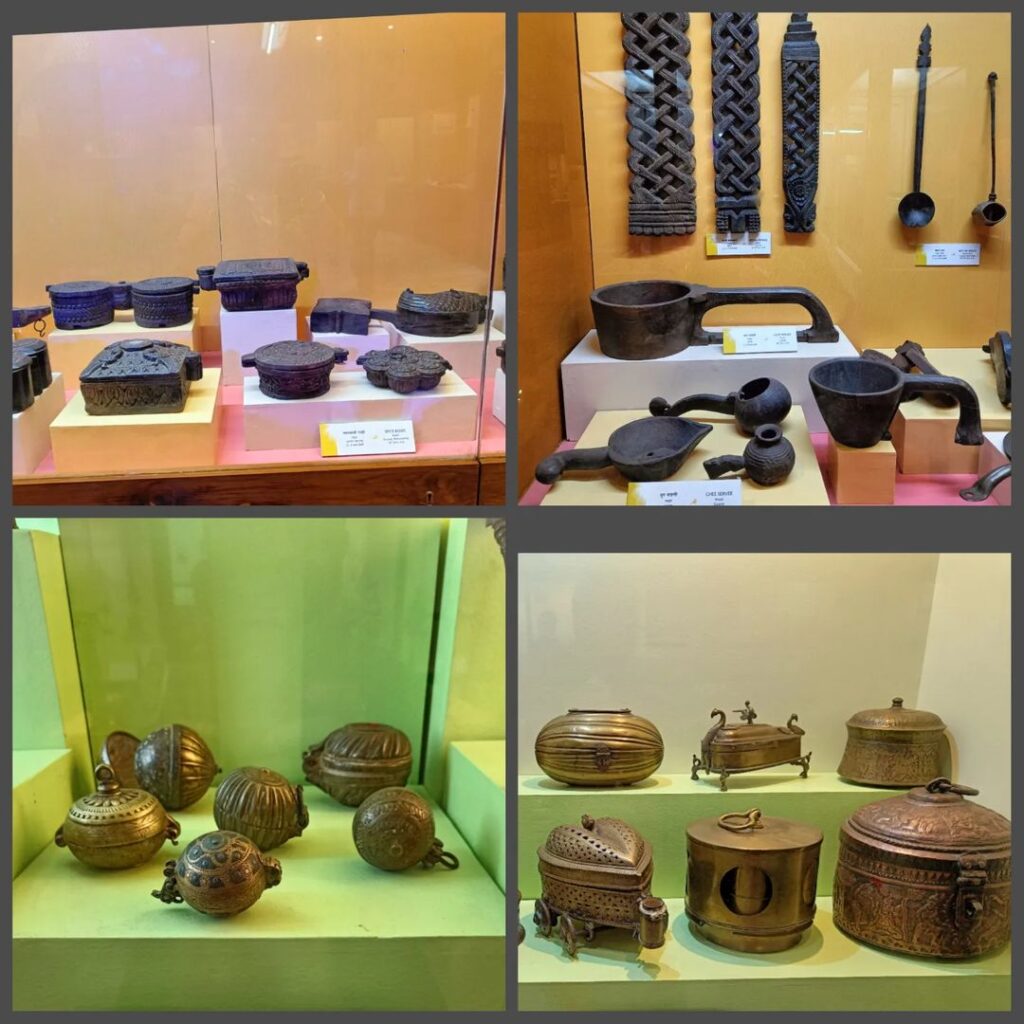

It was Dr. Kelkar’s deep passion for India’s traditions and craftsmanship that led him to collect a remarkable collection of artifacts throughout the country. Each item in the museum tells a unique story about India’s past, from textiles and kitchen utensils to musical instruments and weaponry.
The museum, which honors his son Raja, is a tribute to Dr. Kelkar’s tireless efforts to conserve India’s cultural heritage. He aimed to promote India’s ingenuity and beauty so that future generations would be able to enjoy and profit from its cultural heritage.
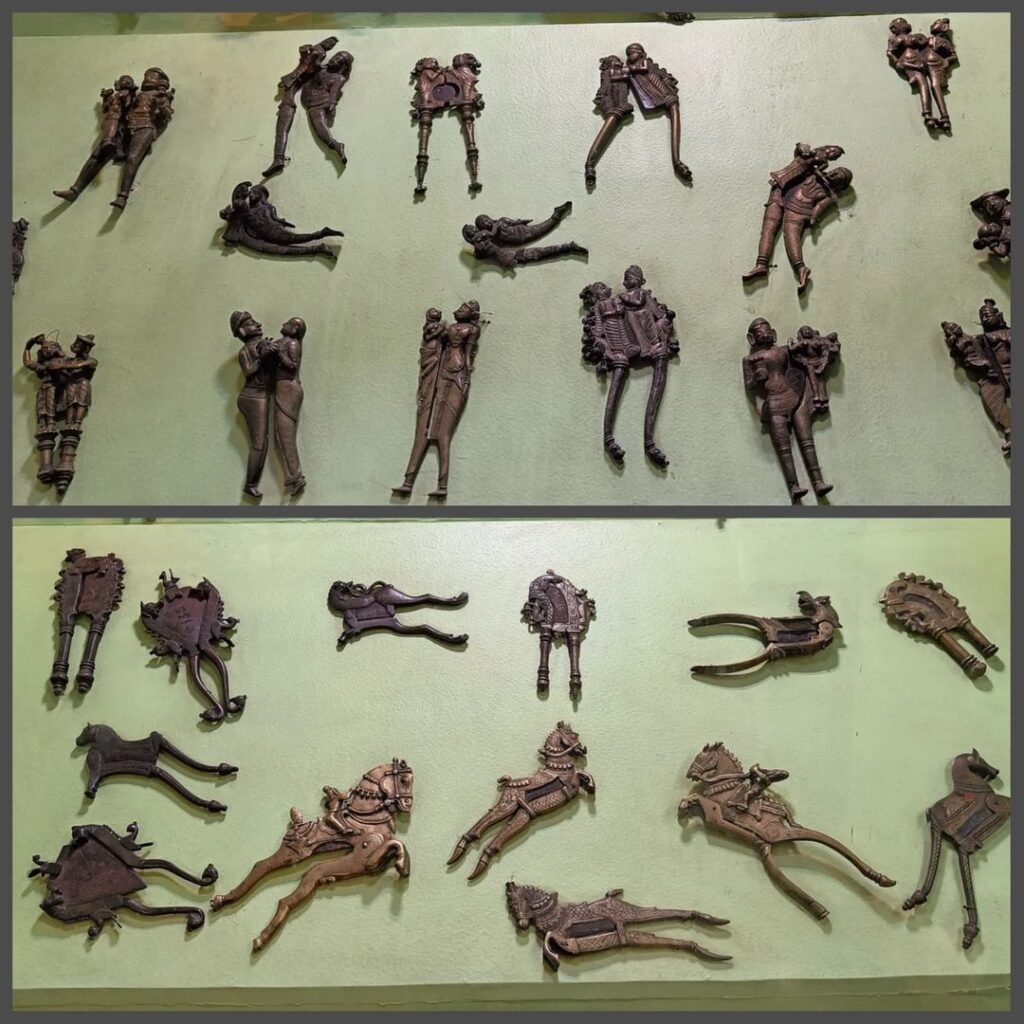
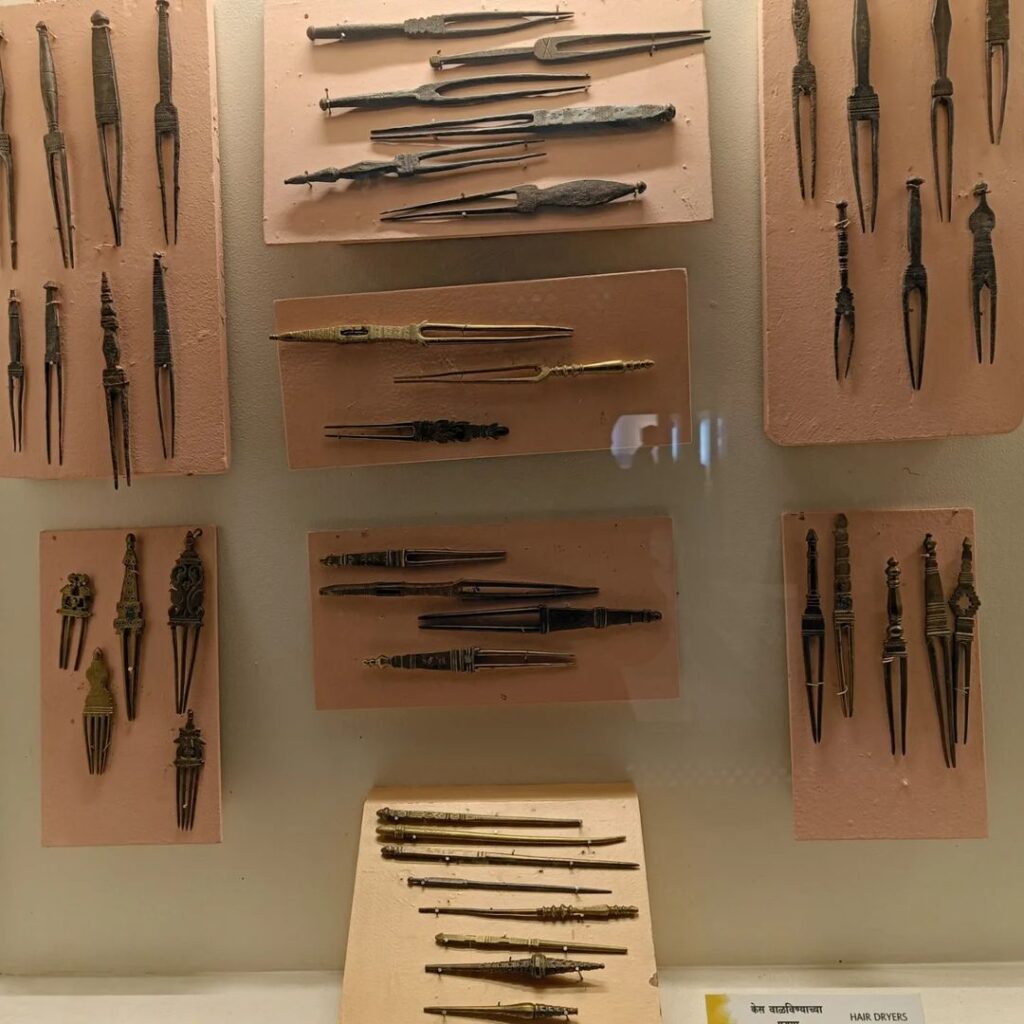
As a result of Dr. Kelkar’s tireless efforts to celebrate India’s colorful past, the Raja Dinkar Kelkar Museum has become a testament to his dedication to the cause. In India’s rich cultural diversity, visitors can study and engage with around 2,500 objects on display, marveling at the craftsmanship and innovation of earlier generations.
Entry Fee, Camera Charges, and TimingsThe entry fee for Indian visitors is 100 rupees for adult and 30 rs for below 12 years, while foreigners are charged 300 rupees. Additionally, there is a camera fee of 100 rupees for all visitors. The museum is open from 10:00 am to 5:30 pm.
How to Reach Raja dinkar kelkar Museum
To get to the Raja Dinkar Kelkar Museum, you can take a taxi, auto-rickshaw, or bus if you’re in Pune. If you’re coming from another city, first reach Pune by train, bus, or flight, then use local transportation to get to the museum. It’s on Bajirao Road in Pune’s Shukrawar Peth area. You can use GPS or ask for directions when you’re close by.

